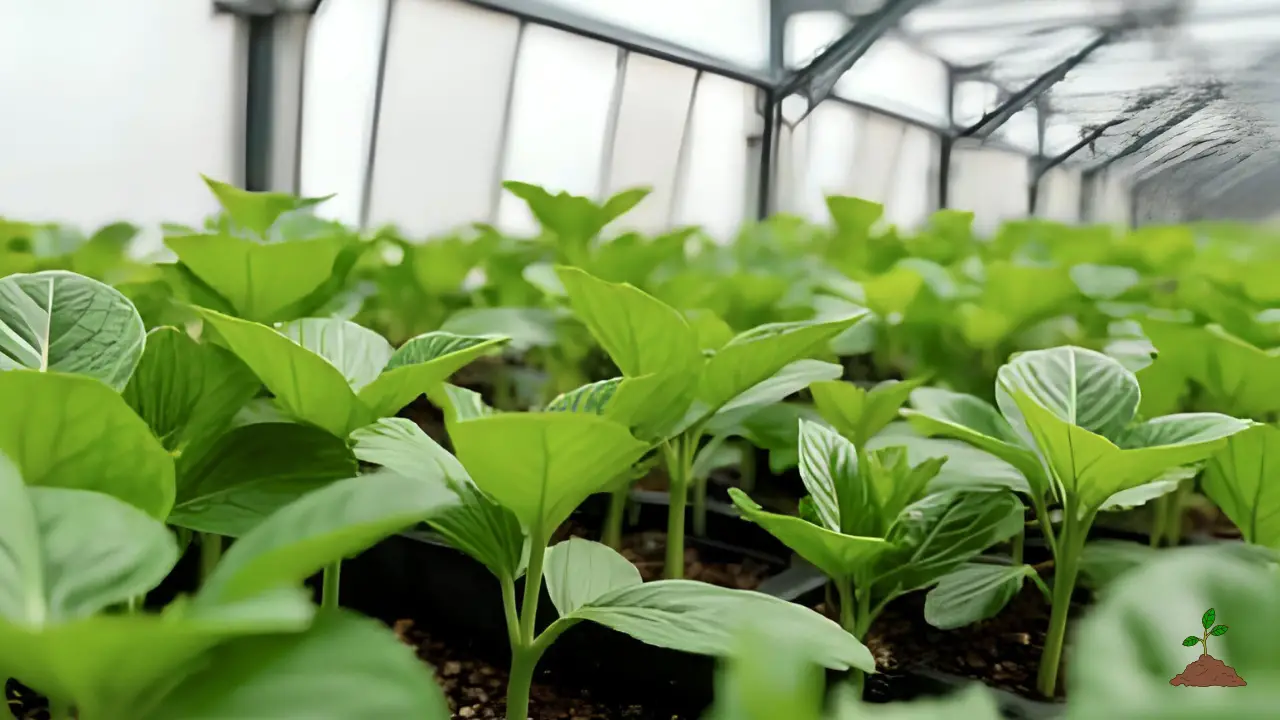Florida’s sunny, humid climate makes gardening a joy, but it also presents unique challenges, especially when it comes to transplanting plants. Whether you’re moving seedlings from pots to the garden, relocating shrubs, or introducing new tropicals to your landscape, timing is everything. Transplanting at the wrong time can lead to wilting, root shock, or even plant loss due to the intense heat and sunlight. In this post, we’ll dive into the best time of day to transplant plants in the Sunshine State, backed by practical advice for success.

Understanding Why Timing Matters in Florida
Florida’s weather is characterized by high temperatures, often exceeding 90°F in summer, combined with strong sunlight and occasional heavy rains. When you transplant a plant, you’re disrupting its root system, which makes it harder for it to absorb water and nutrients right away. During hot periods, plants lose moisture quickly through transpiration—the process where water evaporates from leaves. If transplanted during peak heat, this can cause immediate stress, leading to drooping or scorched foliage.
The key is to choose a time when temperatures are cooler and the sun is less intense, giving the plant a chance to settle in without battling extreme conditions. While the best season for transplanting in Florida is typically fall or early spring (when soil is warm but air temps are milder), the focus here is on the optimal time of day for the actual move.
The Ideal Times: Early Morning or Late Evening
Based on gardening experts and experiences in hot climates like Florida’s, the consensus is clear: avoid midday altogether. Instead, aim for early morning or late afternoon/evening. Here’s a breakdown:
Early Morning (Before 10 AM)
- Pros: The air is cooler, and the sun hasn’t reached its peak intensity yet. This gives the plant the entire day to adjust while still benefiting from some gentle light for photosynthesis.
- Cons: In Florida’s sweltering summers, even mornings can heat up quickly, potentially stressing the plant before it fully recovers.
- When to choose this: If you’re dealing with hardy plants or if evening isn’t feasible. Water thoroughly right after to help roots establish.
Many gardeners swear by mornings for general transplanting, noting that it allows plants to “wake up” in their new spot.
Late Afternoon or Evening (After 4 PM)
- Pros: Temperatures drop as the sun sets, and the plant has the cool night ahead to recover without the added burden of heat or direct sunlight. This is particularly beneficial in hot weather, as it minimizes transpiration losses overnight.
- Cons: Less daylight for you to work, and you might need to monitor for nocturnal pests like slugs.
- When to choose this: This is often the top recommendation for hot climates, including Florida. Plants have time to “settle in” before facing the next day’s sun.
In hot weather, evening transplanting is ideal because it allows the plant to acclimate during the cooler hours. Sources emphasize this for reducing stress in regions with intense daytime heat.
If possible, transplant on a cloudy or overcast day—Florida’s frequent afternoon showers can provide natural relief!
Florida-Specific Considerations
Florida spans USDA hardiness zones 8 through 11, with northern areas (like the Panhandle) experiencing cooler winters and southern spots staying tropical year-round. In the rainy season (May to October), afternoon thunderstorms can help newly transplanted plants, but avoid soggy soil that might lead to root rot. For palms, tropicals, or veggies like tomatoes, stick to the cooler times of day regardless of season.
Always “harden off” seedlings grown indoors by gradually exposing them to outdoor conditions over a week before transplanting.
Essential Tips for Successful Transplanting
To boost your plants’ chances:
- Prepare in advance: Dig the new hole first, and water the plant deeply in its original spot a day before moving.
- Handle roots gently: Keep as much soil around the roots as possible to minimize disturbance.
- Water wisely: Soak the plant after transplanting, and mulch around the base to retain moisture and cool the soil.
- Provide shade: Use shade cloth or umbrellas for the first few days, especially in full-sun areas.
- Monitor weather: Avoid transplanting during heatwaves or droughts; aim for milder days.
For trees or larger shrubs, fall planting gives roots time to establish before summer heat hits.
Final Thoughts
In Florida’s challenging climate, the best time of day to transplant plants is early morning or—better yet—late afternoon/evening to give them the recovery time they need. By timing it right and following these tips, you’ll reduce stress on your plants and enjoy a thriving garden. Happy planting, Florida gardeners! If you’ve got your own transplanting stories or tips, share them in the comments below.
